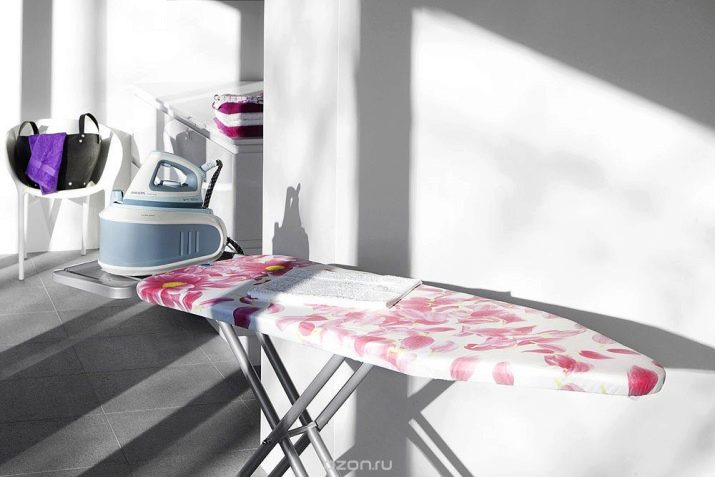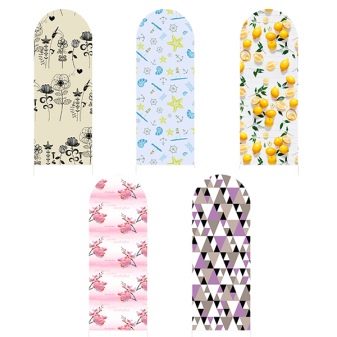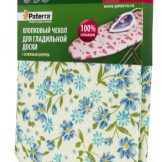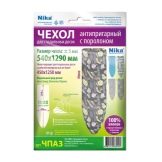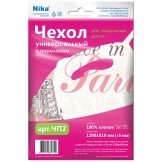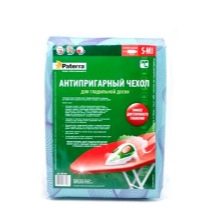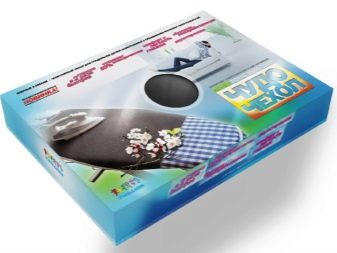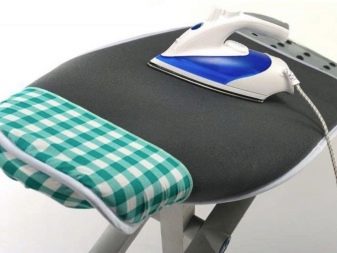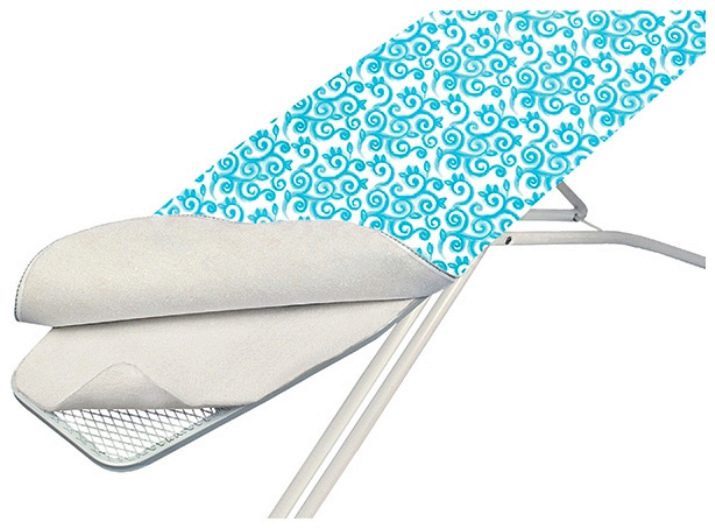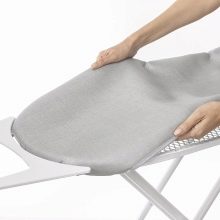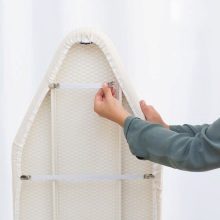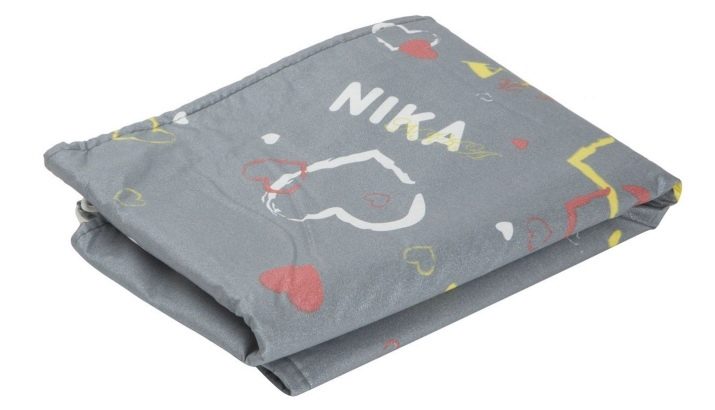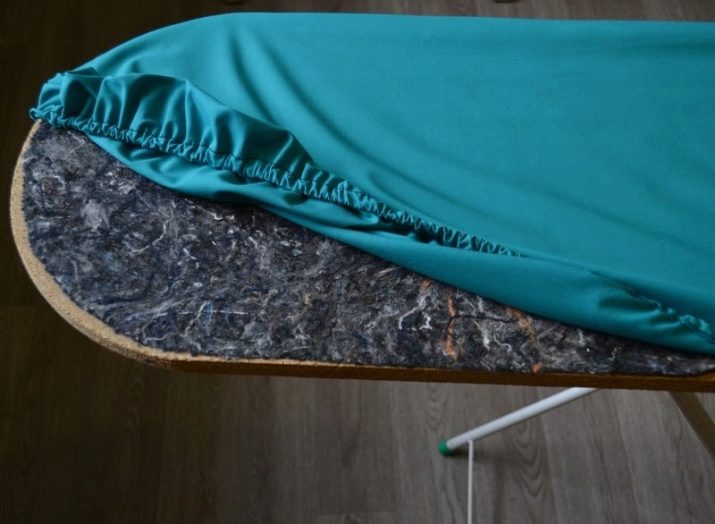How to choose and correctly change the case for ironing board?
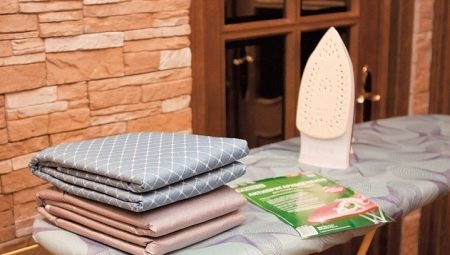
Ironing is a process that we face daily in everyday life. And this daily work would be even more time consuming without a high-quality ironing board.
To date, stores offer a large selection of this device. Choose what you want: it all depends on your financial capabilities and preferences.
The choice of boards is great and varied. The ironing board can be the most usual - such as our grandmothers and mothers used, or fashionable, refined. Modern boards come with a fan, roller and other "know-how." And also they are built-in, folding or desktop.
But there is something that unites them all. Each ironing board needs a cover on which the quality of the ironing directly depends. Usually the cover comes with the board, but sooner or later there is a need to change it.
In this article we will talk about the types of covers, draw your attention to the basic criteria with the right choice of coating for the board.
What is important when choosing a case
Replaceable cover is very important for ironing. It should combine both functionality and practicality. The process must be approached very responsibly and competently. We live in the modern world, where even the ironing board cover serves as an interior detail and is an accessory. But do not forget about the main purpose - a safe and high-quality ironing things.
Step by step instructions when choosing a cover.
- Perform ironing board measurements. We are interested in length and width. If everything is clear with the length, but as for the width, then we measure only the working surface in the widest place. The tabletop requires special attention, its edge can be of different shapes - round, dull or tapered. Consider this factor too.
- Decide on the coating material. It can be very different, consider in detail this moment a little further.
- Availability of stuffing.
- Choose the one that fits your board.
Now we will analyze in detail the points listed above in order to clarify and make the choice of the lining on the board as simple as possible.
Types of board covers
There is a large range of coatings. They differ in shape, size, models, materials. The main varieties are represented by a variety of models.
- Polyester. This is the cheapest kind of covers. That in such a case can attract attention, so only the appearance, and so, unfortunately, there is nothing special and remarkable. The term of their operation is a maximum of 2 years.
- 100% cotton. Popular and most winning option. Such products are easy to wash, do not fade during operation, and the usage time is rather long - about 3 years. Their disadvantage is that they are not heat-resistant, if you leave the included iron in a horizontal position - the cover will burn.
- Teflon. Thanks to this innovation, our things do not stick during ironing. Their surface is resistant to high temperatures. The cost is higher than cotton.
- Foam rubber. We provide a soft ironing. Resistant to all temperature conditions.
- Universal. Ideal for most ironing boards. Dimensions of such covers 129 x 51 centimeters. It has a bright and different colors. With him there is no problem during washing. The price is moderate and pleasant.
- Non-stick coating. The fabric from which the cover is made is impregnated with silicone during the manufacturing process. This makes the cape stable even to the highest temperature conditions. Clothing does not stick. This case will last a very long time.
- Metallized. When sewing, a special thread is used, which makes such a cover very high quality. These products are the most durable. The aluminum thread guarantees heat transfer and that is why ironing takes place simultaneously on both sides.
- Cover with an elastic band. Very convenient to use. Easily removed, worn, fixed. If necessary, you can quickly remove and wash. The downside is that it is not suitable for boards with a stand for an iron. And the gum deforms over time, stretches, you have to buy a new case.
- Wonderful cover. This invention appeared and entered the market in 2010. By its properties bypassed predecessors. Heat resistance, long service life, water resistance - the main characteristics of the miracle cover. With its use, the time spent on ironing is reduced, and the quality, on the contrary, is higher. The maximum temperature that can withstand - 150 degrees. For its production were used new technologies and materials. The quality of this product was tested by tests, and it is worth noting that he coped with all.
This thermocover does not need special washing and cleaning - in case of pollution, the stain is removed with a regular sponge.
Packing (substrate)
Most often felt or foam rubber is used for packing, the thickness should be from four to eight millimeters. These two materials are well suited for ironing, but there are differences between them.
Stuffing foam (foam rubber) provides surface hardness - the iron is better and easier to slip on the surface. The surface of the felt - soft and smooth, there are dents. There are combined options - there are both felt and foam.
Choosing a mount
There are two ways to fasten (put on) the cover on the ironing board:
- elastic;
- lacing.
Most cases are already made with a rubber band, but with a strong desire can be found on the cord. Covers with rubber mounting are very convenient to use, as they simply stretch and fasten along the edges of the ironing board. However, this mount will not work if your board has an attached iron stand. If the stand is detached, it can be used on an elastic band.
With the lacing of such problems will not arise, it is suitable in any case. It makes it possible to adjust the stretch cover.
Useful tips
You can, just in case, get acquainted with the tips before choosing each type of coverage.
- When buying universal covers there is one main rule - the lining should be at least 2 millimeters thick. Otherwise there is the possibility that when ironing the surface of the board is printed on the clothes.
- Cotton cape in the composition must have at least 50% of natural ingredients. This information is on the label. Do not choose a product with a defiant and bright ornament, when exposed to high temperatures, it can put a mark on linen.
- Teflon coating should consist of three components that are glued to each other - the basis of Fibretex.
- Foam case should be between 3 millimeters thick. The ideal, of course, would be 5 millimeters and plus felt as a substrate.
- The best option in the ratio "price - quality" would be a non-stick case. There is one important rule - such a cover must necessarily have a special impregnation in it.
- When buying a metallized cover it will be difficult to find a cheaper option. Their cost is usually high. Focus on promotions and discounts in stores.
- When choosing an attachment, pay attention to the covers with a rubber band. They are more convenient when changing than on a cord.
- The choice of coatings for the ironing surface in stores and supermarkets, although great, but most often these products are guided by new models of boards. On the old may not be suitable.
- Be sure to take with you the measurements of your board that you made.
- Read reviews on covers from different manufacturers. This will help determine the necessary parameters. Experts advise to buy products of the same brand as the existing ironing board itself.
The information provided will be useful to you, will help in the selection. Now to find a suitable cover for you will not be easy.
See below for how to choose an ironing board cover.
